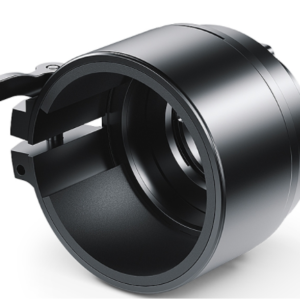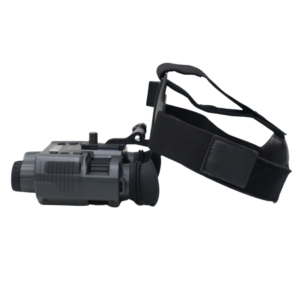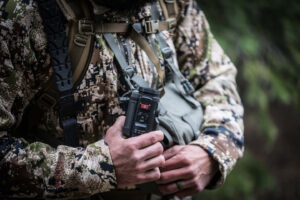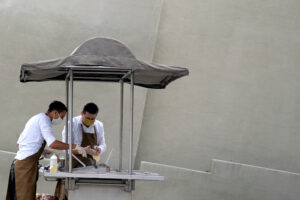NV Equipment – Revolutionising How We Perceive The World At Night!

Night vision equipment has revolutionised the way we perceive the world in darkness, transforming impenetrable shadows into windows of clarity and insight. These technological marvels enable us to see in conditions where natural vision fails, empowering various sectors from military operations to wildlife observation. In this blog, we’ll explore how these devices work their magic and their diverse applications.
The magic of night vision equipment lies in its ability to amplify minimal light. Unlike the human eye, which struggles in low-light conditions, night vision devices (NVDs) harness the tiny amounts of light present in the environment, including the lower spectrum invisible to our eyes, such as infrared light. The heart of an NVD is the image intensifier tube. When photons hit the tube, they are converted into electrons. These electrons are then amplified to create a clear, intensified replica of the scene in the form of visible light.
There are two primary types of night vision technologies: Image Enhancement and Thermal Imaging. Image Enhancement collects tiny amounts of light, including the lower part of the infrared light spectrum, and amplifies it to levels that we can see. On the other hand, Thermal Imaging captures the upper part of the infrared light spectrum emitted as heat by objects. The higher the object’s temperature, the more infrared radiation it emits, making it visible in the thermal image.
Night vision‘s applications are as varied as they are critical. In the military, night vision technology is a game-changer, offering soldiers the ability to conduct operations in the dead of night with the same confidence as in daylight. Law enforcement agencies also rely on these devices for surveillance and in rescue operations, where finding individuals in darkness can be the difference between life and death.
In wildlife conservation and research, night vision is invaluable. It allows scientists and enthusiasts to observe nocturnal animals in their natural habitat without disturbing them. Similarly, in photography and videography, these devices open up new realms of creativity, capturing stunning images and footage in conditions previously thought impossible.
Moreover, night vision technology has found its way into commercial use. Advanced driver-assistance systems in vehicles now incorporate night vision to enhance driver safety by detecting and highlighting pedestrians, animals, or obstacles on the road, especially on unlit rural roads.
Night vision equipment is more than just a tool; it’s a testament to human ingenuity and our relentless pursuit of overcoming natural limitations. By turning night into day, these devices not only ensure safety and security but also open up a whole new world for exploration and discovery.






